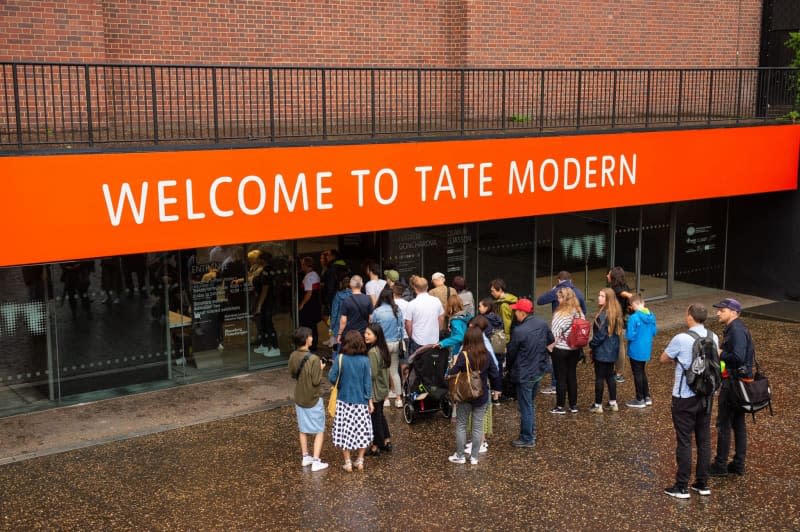London's Tate Modern shows works from Blue Rider art movement

For the first time in decades, a major exhibition in the UK is being dedicated to the Blue Rider group of artists from the early 20th century.
London's Tate Modern is set to show works by Gabriele Münter, Wassily Kandinsky, Franz Marc and Marianne von Werefkin until the autumn.
"Expressionists" is the UK's first exhibition on the art group in around 60 years, the museum in London says. The project has been made possible by a major collection exchange with the Lenbachhaus gallery in Munich.
Around 75 works are being loaned from Munich to the Tate Modern in London, while works by the English painter William Turner went to Munich in return.
The director of the Lenbachhaus, Matthias Mühling, says the collection exchange has advantages when it comes to the question of how exhibitions can be organised in a way that is more sustainable and less harmful to the climate.
Normally, an exhibition would bring together many individual loans from all over the world. "If you then have 160 objects, that's 160 transports," said Mühling in London. Here, on the other hand, the loans could have been transported together by land. The project was also sustainable because it was possible to benefit from the other museum's specialists.
The Blaue Reiter was an international group of artists that came together at the beginning of the 20th century and is categorised as Classical Modernism.
The exhibition in London shows how social conventions, the understanding of art and gender identities were scrutinised at the time.
One curator at the Tate Modern, for example, sees Münter's painting "Kandinsky und Erma Bossi am Tisch" (Kandinsky and Erma Bossi at the Table) as an early depiction of "mansplaining."

